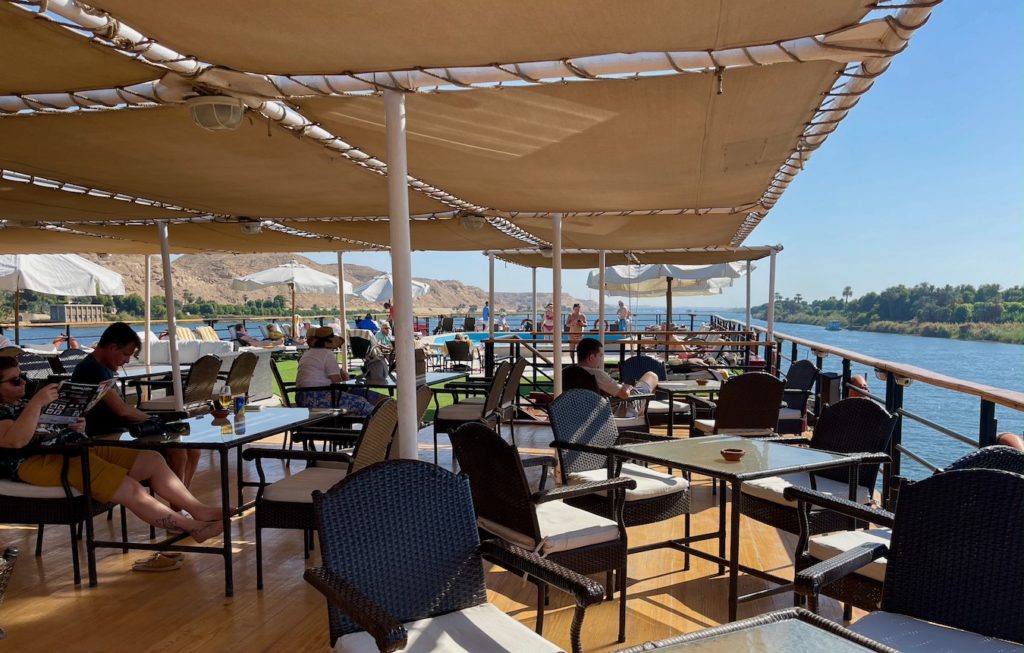
I’ve had Egypt at the tippy top of my travel bucket list for most of my adult life, as anyone who reads my blog knows by now. Sorry about that; I tend to repeat myself when I’m excited about, well, anything, from windstorms to Wordle.
So now that my dream came true, what have I learned?
Ah, so much. Was it worth it, even as Omicron emerged to threaten us all again? YES. Was Egypt as grand as I thought it would be, after all these years of anticipation? YES. Was what I loved most about Egypt, what I thought I’d love most about Egypt?
Now that’s complicated. That last one is a ‘yes and no’ and ‘well maybe’ kind of answer. What I loved most about Egypt’s ancient sites wasn’t how grand they were, how impressive, how historical, all of which they absolutely were.
Turns out that what I loved most is what I also love about Key West, our winter home. In this quirky weird town where iguanas drop from trees when the temperature dips, I used to be just a tourist, just as I was in Egypt last November. Now I’ve moved up from ‘tourist’ to snowbird, so I know how to take a biking shortcut home through the cemetery or toss a frozen iguana in the trash like locals do. Ok, ok, I didn’t actually throw the iguana in the trash, which means I’m not a REAL local yet, but I know that I SHOULD. Getting there.
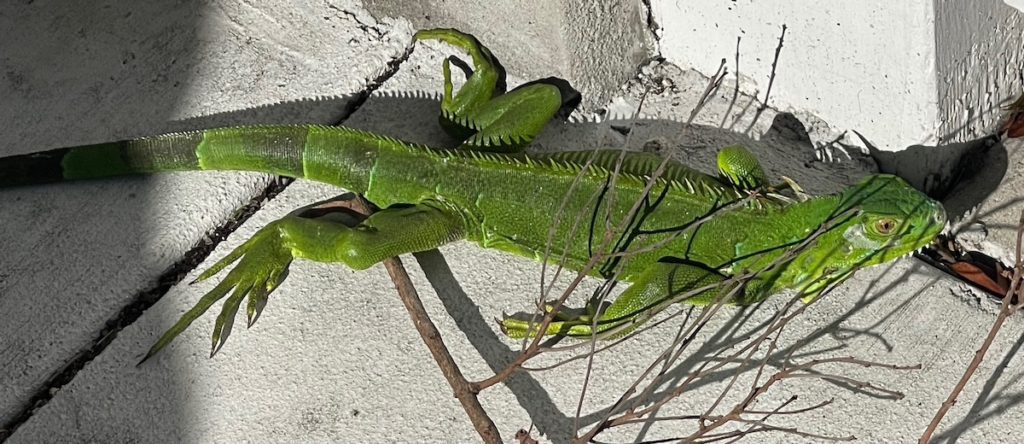
I can explain this best if I take you with me to a new travel memory from last week. A good friend asked me to join her at the Crook’s Annual Second Line Parade, a Key West tradition that Padre and I participated in a few years back in honor of a close friend. In this yearly event, the Key West Funeral Band and the Bahama Village Joyful Voices Choir roll up Duval Street as mourners march behind, holding high their poster-sized photos of departed loved ones. It’s a bit like watching the bobbing balloons pass by during the Macy’s Thanksgiving Parade, but here the bobbing images bring joy and tears simultaneously, just as they should at a proper Second Line funeral parade.


This year we didn’t march but waited at the Green Parrot Bar, where the jubilant-but-mournful musical block party finally halted. Standing in the street together in the sunshine, we sang Amazing Grace and When the Saints Go Marching In, and I remembered my Key West friends now gone. I thanked those amazing folks for being kind to me, for inviting me, for including me, even when they didn’t know me – back then, I was just a tourist.
Images of a feisty pint-sized lady in a pink hat riding her scooter. A stately tall gentleman with a bright twinkle in his eye. My friend who always – and I mean ALWAYS – called us within 15 minutes of landing and demanded to know, “Are you HERE yet?” and served us tropical cocktails at 5 o-clock sharp, as Key Westers are wont to do.
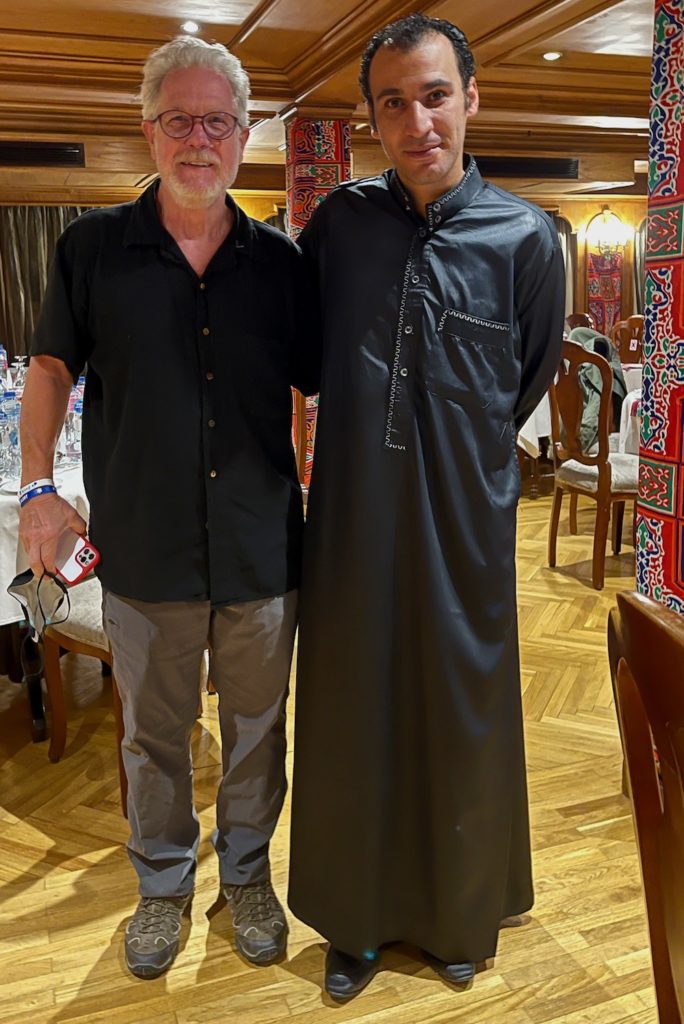
It’s the people, of course. It always is. The people we met in Egypt who taught us, cared for us, served us, laughed with us, sold us trinkets, asked for tips with hands out and big smiles. At the ancient sites what I remember best are all the people stories about those who constructed them, who carved mysterious figures on them, who dug under the sand and discovered them. We’ll remember those stories, and the fascinating Egyptian people we met, long after we sweep the last bit of Egyptian desert dust out of the corners of our suitcases.
NILE RIVER CRUISE: CROCODILE TOWEL ANIMALS AND FABULOUS SERVICE
Speaking of people: May I just say that the crew of our ship, the Queen of Hansa, was simply wonderful?
When we boarded the Queen of Hansa for our 7-Day Nile River cruise it was the first time we’d set foot on a cruise ship since January, 2020, when we disembarked from a Panama Canal cruise. After the Pacific Princess dropped us off in Los Angeles, she morphed into one of those lost pariah ships, sailing the seas aimlessly and refused entry at all ports later in February and March.
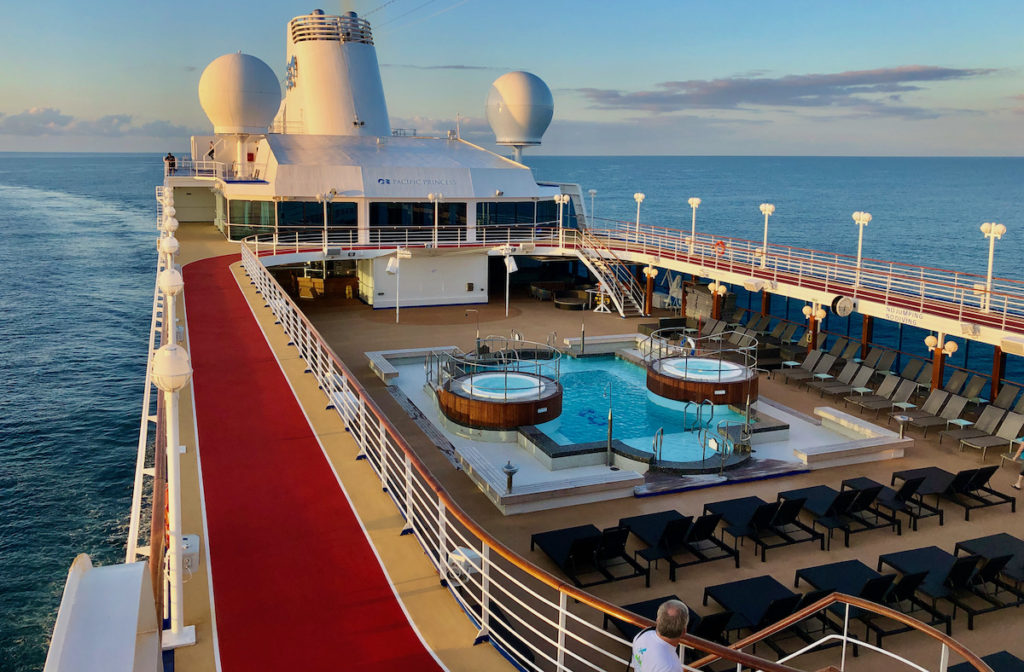
For some reason Australia finally let little Pacific Princess dock, and stranded passengers flew home as Covid-19 gripped the world. It was quite the fright, according to cruise friends we knew who stayed aboard. We’ve all lived in pandemic crisis mode since those fraught times, and you may wonder why anyone in their right mind would board a cruise ship today, with Omicron and all.

And since that time, we’ve joined the Key West Safer Cleaner Ships protest movement, advocating for size limits in Key West’s small harbor to protect the coral reef ecosystems habitat from damaging turbidity swirled up by larger cruise ships. Another reason to stay off cruise ships.

Maybe we have too much faith in our triple-vaxxed status, or maybe we aren’t in our right mind (there’s that, sure), but we do still plan to cruise sometimes, when the circumstances, and the ship, are right. That may not seem consistent, but since strict consistency can lead to unintended results, we’re ok with that. (An old teaching battle over the rule “Students late to class must be assigned detention, no exceptions” comes to mind….the sick student barfing in the bathroom? You mean that kid? They did.)
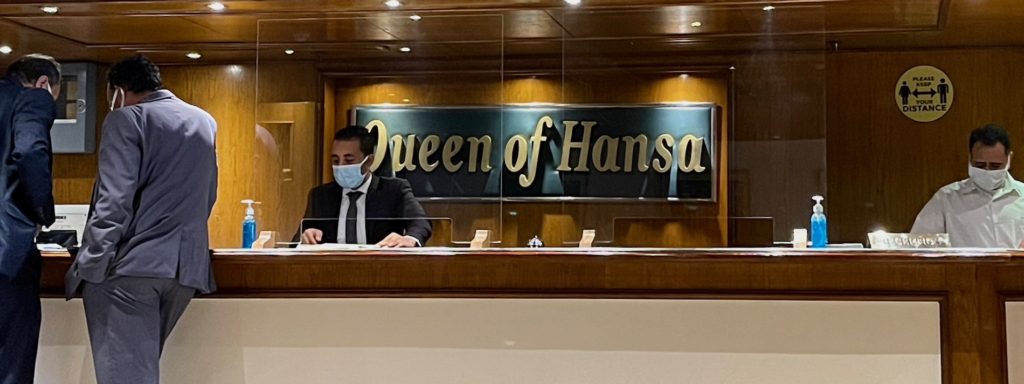
So ships have cruised the River Nile since the Pharaohs’ time, and so would we. The Queen of Hansa had only been back in service for a couple weeks when we came aboard, and our eager crew greeted us fully masked, holding out sanitizer jars to us, and the ship looked like…well, a cruise ship, much smaller than the massive monsters but much as we remembered.

Sparkling clean, a larger than expected bathroom that Cleopatra would have appreciated, turn-down sheets with towel animals. (Had no idea you could fashion a crocodile out of towels, the tv remote, and bottle caps, but hey). And did I mention sparkling clean? The crew treated us like family, in the best way, bending over backwards to get us anything we needed.
Turns out the Egyptian government offered zero stimulus dollars to keep tourist workers afloat during the pandemic, although our guide Neveen told us that most survived the same way she did, relying on family to get by. In November 2021, many tourist sector workers were still not back.
River ships raft together when they tie up at the Luxor quay, and we walked through the lobbies of several empty cruise ships to reach ours. So no wonder our crew seemed so thrilled to be taking care of us, since they may be some of the lucky ones, as Egyptian tourism slowly limps back into operation.
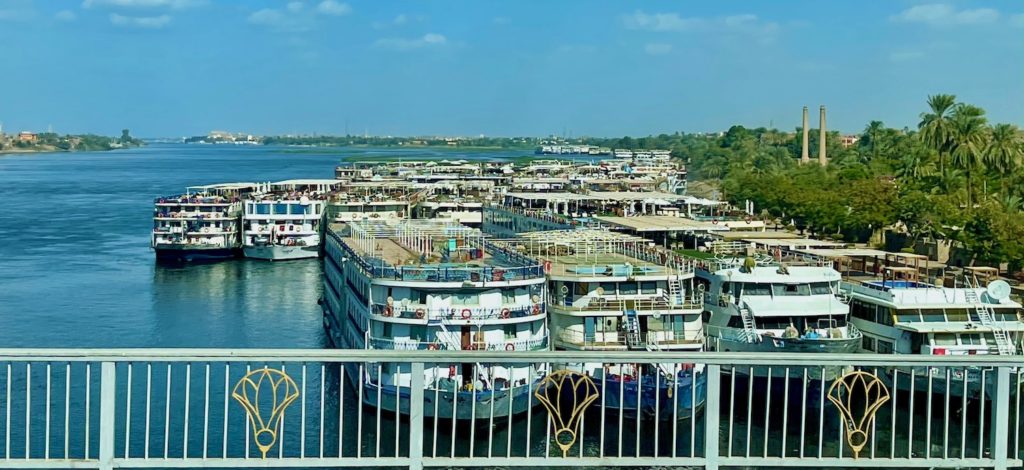
And by the way, one thing to know about those lashed-together ships: If you’re in a balcony cabin, it’s only a balcony when the ship is underway. Dockside you look out at the next-door cruise ship, unless you are the last ship in the row on the river side of the ship, which we never were. We kept the curtains closed, and that’s about the only negative thing I can think of. I’d board a Nile River cruise again tomorrow if I could swing it somehow. (Yep. We’re sort of nuts.)
THE RIVER NILE: WHICH WAY IS UP, ANYWAY?
At the quay of ancient Thebes where pharaohs once set sail, we dodged persistent vendors offering horse-drawn caleche tours, then descended steep cement stairs from the upper street promenade to board the Queen of Hansa.
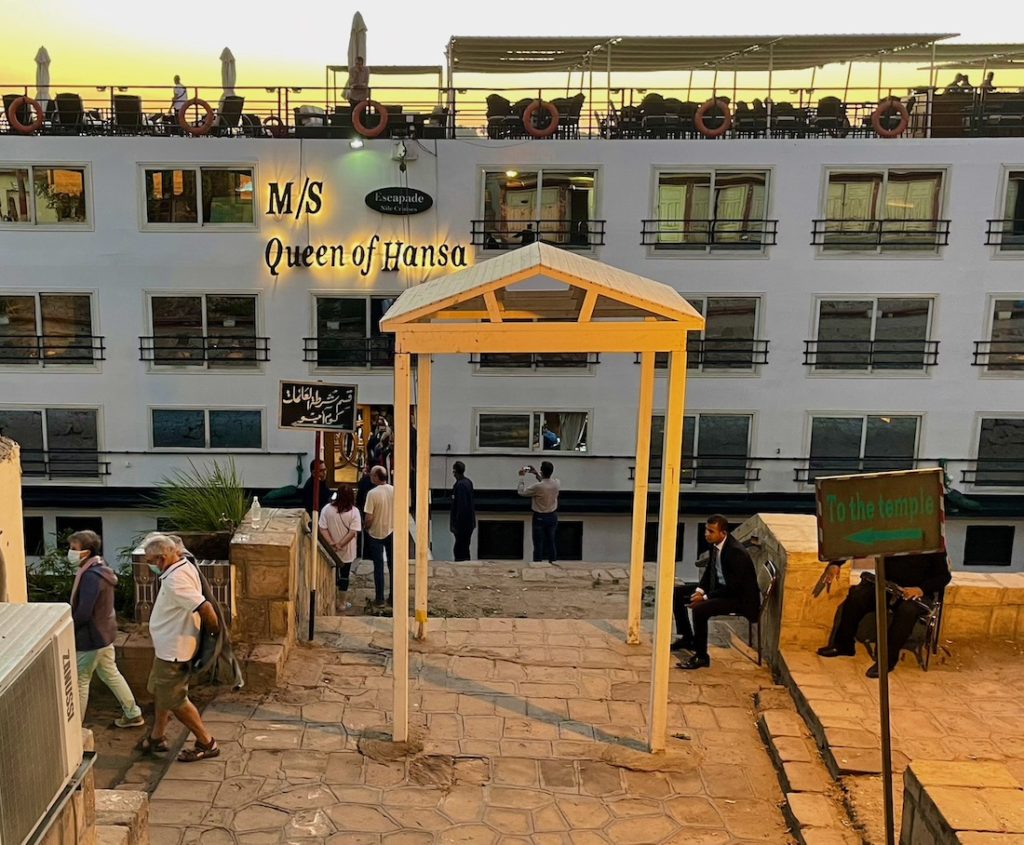
Soon after walking up her gangplank we leaned on the Hansa’s top-deck rail as feluccas sailed by on the inky deep blue river below, framed by the rosy Theban Hills off in the distance.


I’m eager to check out the upcoming movie iteration of Agatha Christie’s Death On The Nile, just to see what has to be some spectacular scenery. One of the first things we had to figure out about Nile River cruising, though, was which way we were headed: north or south, upriver or down? We figured this out by referencing Christie’s story, and comparing it to our journey.
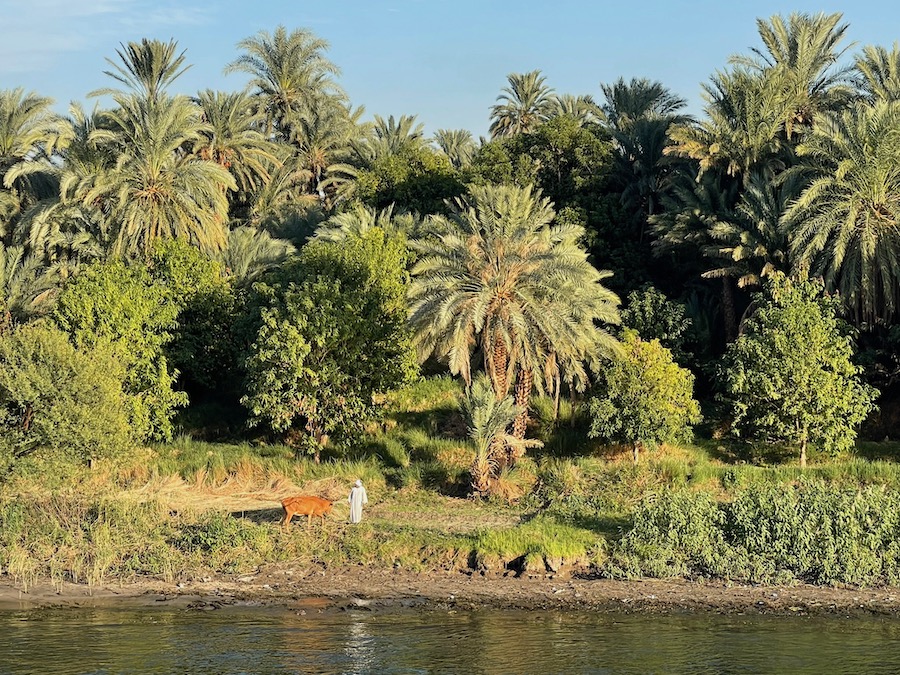

The Queen of Hansa was also going south UP the river, same as Christie’s boat-bound clutch of murder suspects, but we boarded at Luxor, farther north and downriver from Aswan, where Christie’s fateful cruise passengers walked up the gangplank.
With me so far? No? Ok try this. Christie’s fictional murder boat, the Karnak, sailed north upriver from Aswan to Abu Simbel, then south downriver back to Aswan.
So now, time for your quiz question: Where did the Karnak passengers finally end up? Answer (spoiler alert): Several of them ended up dead, of course, because Agatha Christie is the grandmaster of murder.

SUDAN, SLAVES, AND THE WHITEWASHING OF HISTORY
So the meanderings of the Nile River caused us some geographical confusion, but after some practice we had it. It helps to remember that the Nile’s origins lie in Sudan, in ancient times know as Nubia. Sudan’s border is 12 miles south of Abu Simbel. And fun fact: Turns out that Sudan has TWICE as many pyramids as Egypt. Early archeologists attempted to attribute all that pyramid building to Egyptian pharaohs on holiday or something, but no.
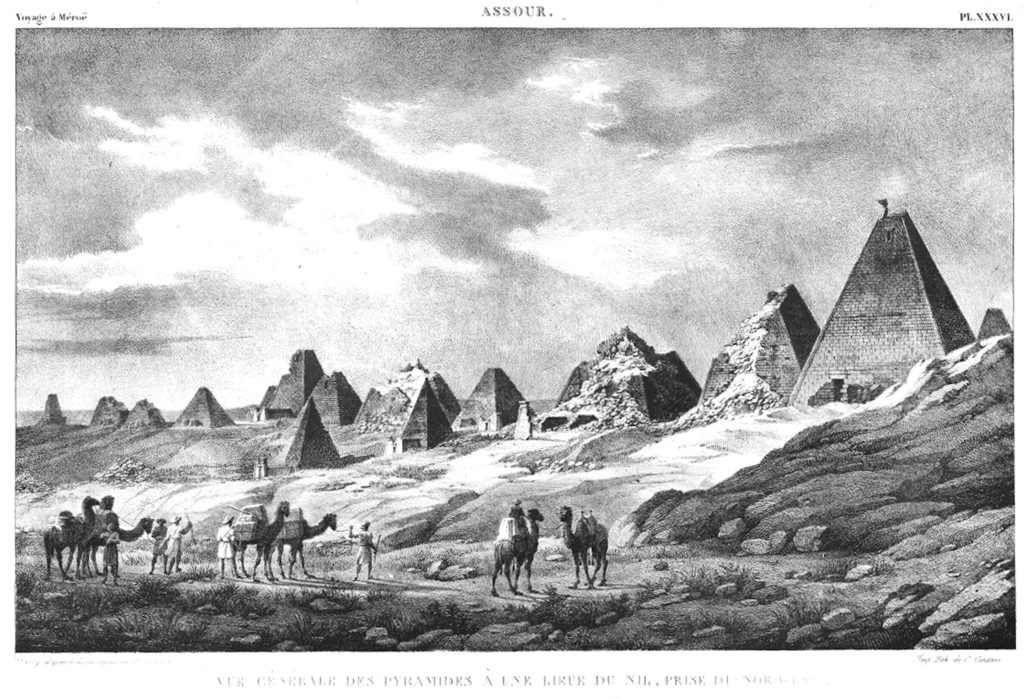
Turns out Kingdom of Kush pharaohs built their own pyramids, their own vibrant Nubian culture AND ruled all of Egypt for several hundred years, from 1070 to 350 AD, which is why we saw so many Black pharaohs portrayed in statues and art. Today, Kingdom of Kush ancient history serves as a point of pride to Black Africans, as archeologists dig up impressive evidence of Kush’s importance to the development of civilization, right up there with Egypt, Greece, and Rome.


And by the way, ‘race’ as we think of it today didn’t matter much in ancient Egypt – or to the ancient world, for that matter. Based on what we saw in museums and on tomb walls, Egyptian skin tones ranged from reddish, olive, yellow, to black in Egyptian art.
No white, though. I mean, how did Hollywood get that part so very wrong? (I do believe we all know the answer to that rhetorical question.) So while ancient Egyptians did hold some slaves, the people who became slaves were enemies captured in war, not people with the ‘wrong’ color of their skin.
And FYI Bad History alert: slaves did NOT build the Egyptian pyramids, as Hollywood taught us in error. Based on recent archeological evidence, hard-working peasant-farmer Egyptians did, probably, earning extra cash in the off-season while the Nile was in full flood. So many racist untruths and misconceptions, and so little time to teach students the truth. I mean, what’s a teacher to do?
I find it helpful to remember that the concept of race based on physical traits didn’t get thought up until modern times, by Europeans, who spread this toxic idea to justify colonization and the enslavement of people from the continent of Africa. Maybe we need to make sure students understand that crucial world history fact, so future generations can avoid repeating the same tragic mistakes? Maybe?
THE TEMPLE OF KOM OBO AND THE CREEPY CROCODILES
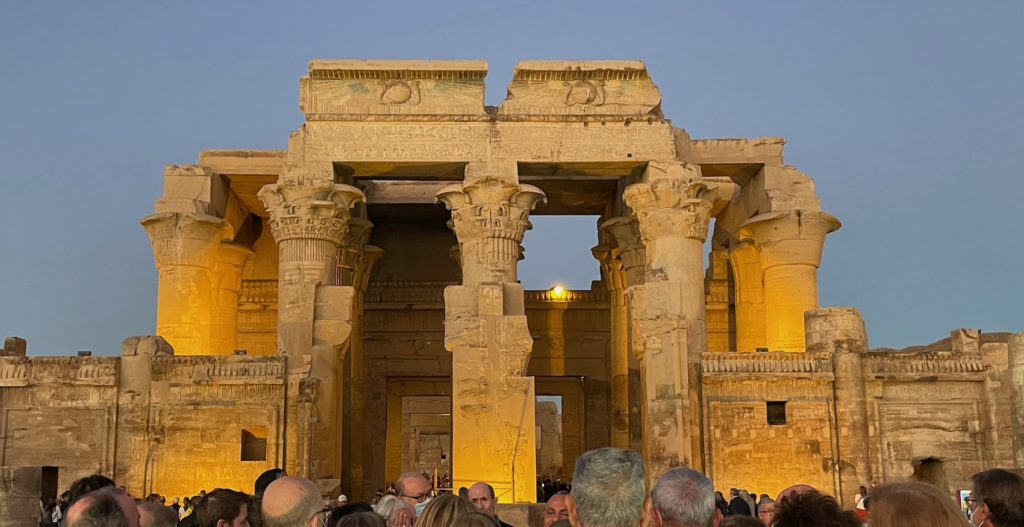
I suppose I shouldn’t call crocodiles creepy, since ancient Egyptians worshiped the crocodile god, Sobek. So many Egyptians bought the farm in the jaws of crocodiles that the ancients decided to give worship a whirl in order to appease the slimy things. They thought that worshipping crocodiles in the form of Sobek might work to reduce the very real threat a person faced every time they dipped a toe in the Nile. That’s a threat even today, when over 200 people still die due to crocodile attacks every year.
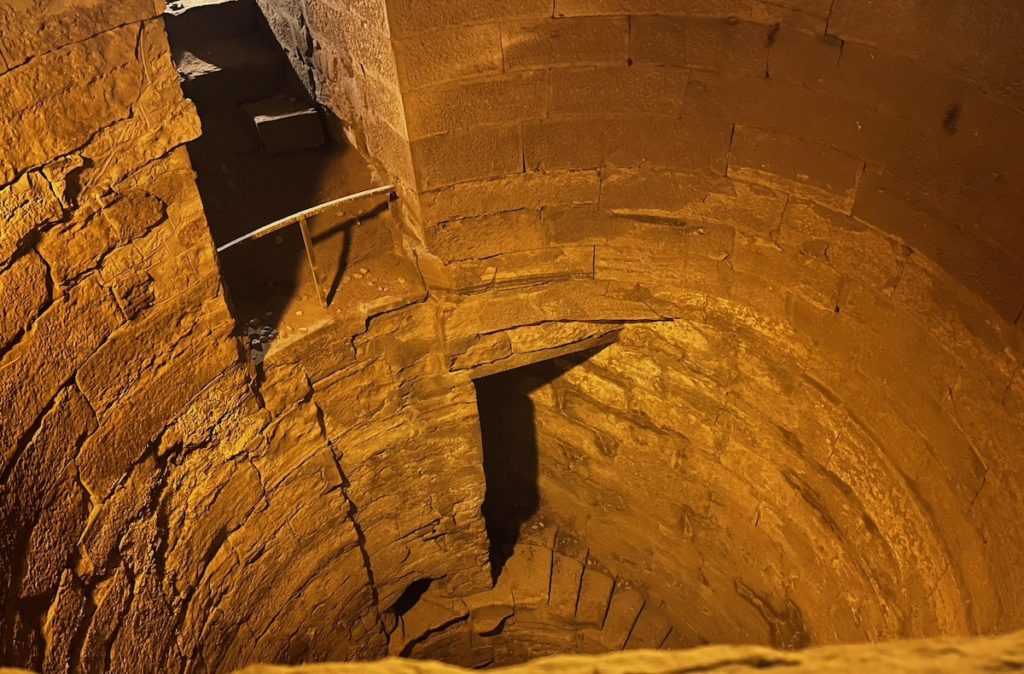
Did it work back then? Who knows, but the Egyptians built a swell temple as a result, the Temple of Kom Obo, which we stopped to visit at dusk in its majestic setting on a promontory jutting into a bend in the Nile. Egyptians raised crocodiles in deep sacred pits here in order to kill, then mummify them, just like they did their pharaohs, because they ‘loved’ them so much.

It was an ambiguous relationship, since in tomb paintings Egyptians also portrayed crocodiles as threats to a pharaoh’s underworld journey. So what’s it going to be, love or fear? I’m going with the fear factor, since I haven’t forgotten about Peter Pan’s ticking crocodile, with time chasing after all of us, as well as the live crocodiles I can’t forget, slowly swimming around their caged prey at Darwin, Australia’s Crocosaurus Cove Museum. Too many things wrong with crocodiles, I say, and I find their little cousins, the iguanas, almost as fright-inducing even though they’re so much smaller. They’re slithery and they drop out of trees suddenly, so that’s enough.
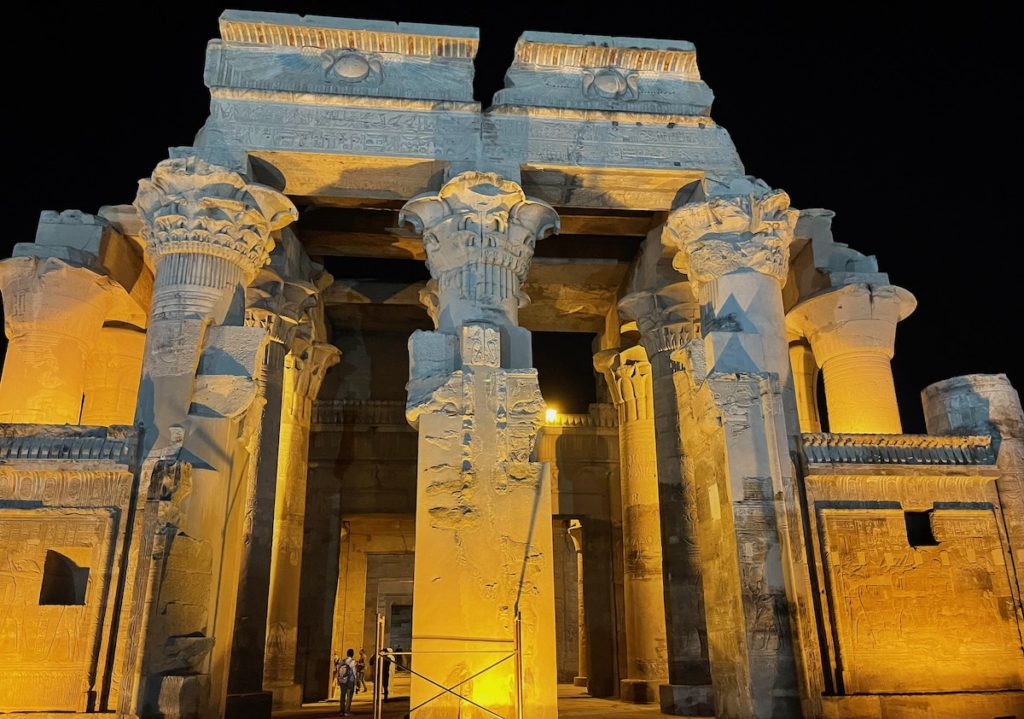
The Kom Obo temple’s designers made it an ‘optional-gods’ building, since it is symmetrically split in two, making for twin temples dedicated to Sobek, the crocodile god, and Horus, the falcon-headed sun god of the sky and protector of the king, depending on whether you veered right or left upon entrance. The temple’s limestone walls display historically significant images, such as the first representation of medical instruments for performing surgery, and the Egyptian solar civil calendar, one of the first calendars known to mankind.
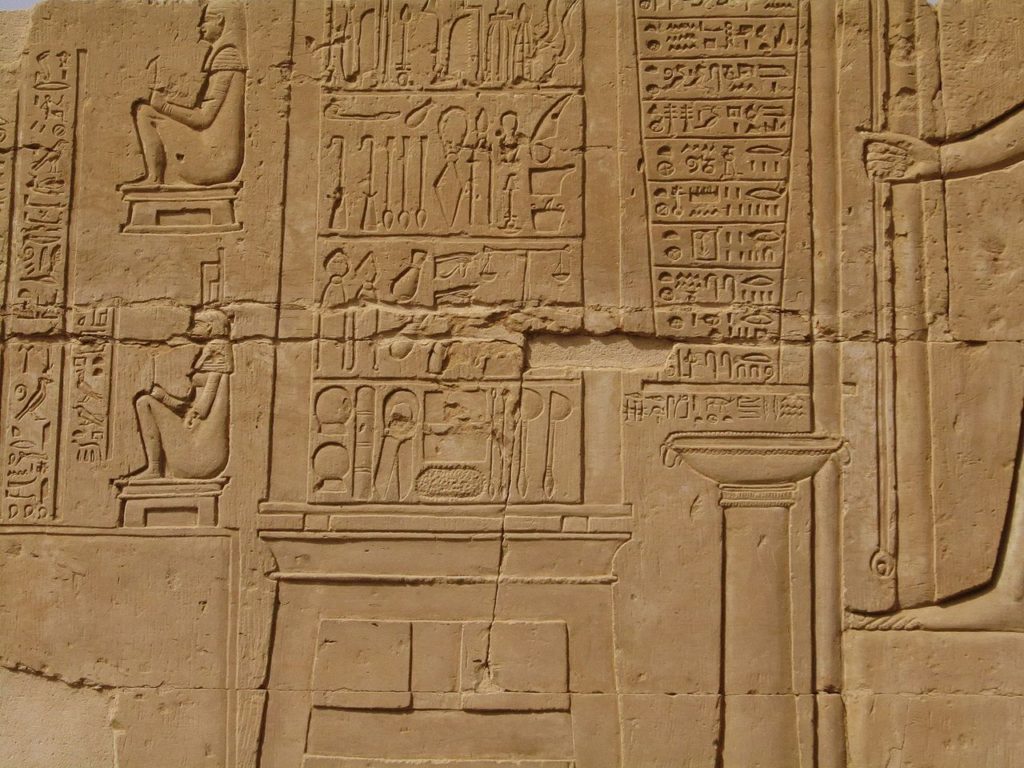
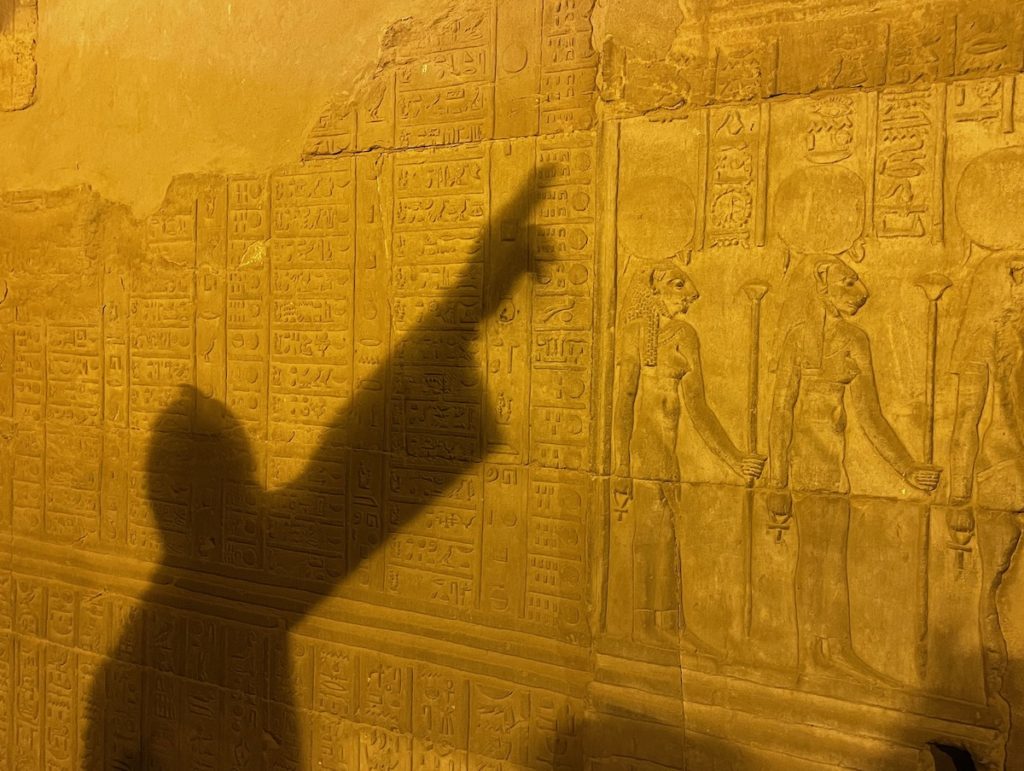
Mummified crocodiles sprawl across the floor of the cramped museum, looking more like giant stuffed sausages than deadly reptiles. Lots of grimy dust on their glass display cases as well, but still worth a visit, since you don’t get to see a mummified crocodile every day. Or any day. And Padre adored the crocodiles, dust and all. He still thinks iguanas are pretty cool too, although I’m hoping to convince him otherwise so he doesn’t get shunned by real Key Westers who know better.
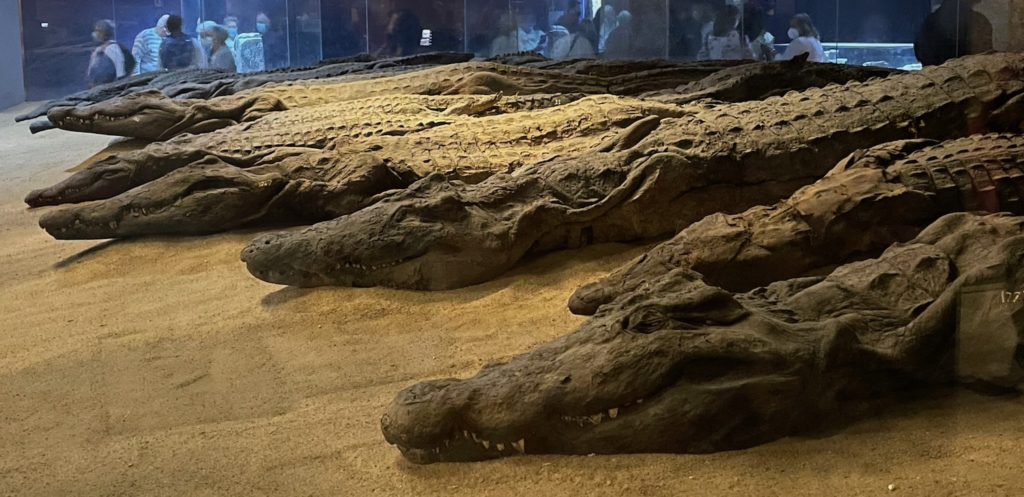
In my next post we’ll visit more Nile River temple stops, and I’ll share a fun surprise. Turns out our trip to Egypt helped me win a contest. No kidding. How cool is that?

It’s been slow going, but the rest of the Egypt posts are almost finished. And good thing, too, since another weird little trip I must write about is going to commence quite soon.
I have the best excuse though – Key West! – which will end up in another post soon enough. (Wouldn’t want to miss out on Barry Cuda and the Sharks at BO’s Fishwagon last night, right? They were great!)
Thanks as always, everyone, for following along.
